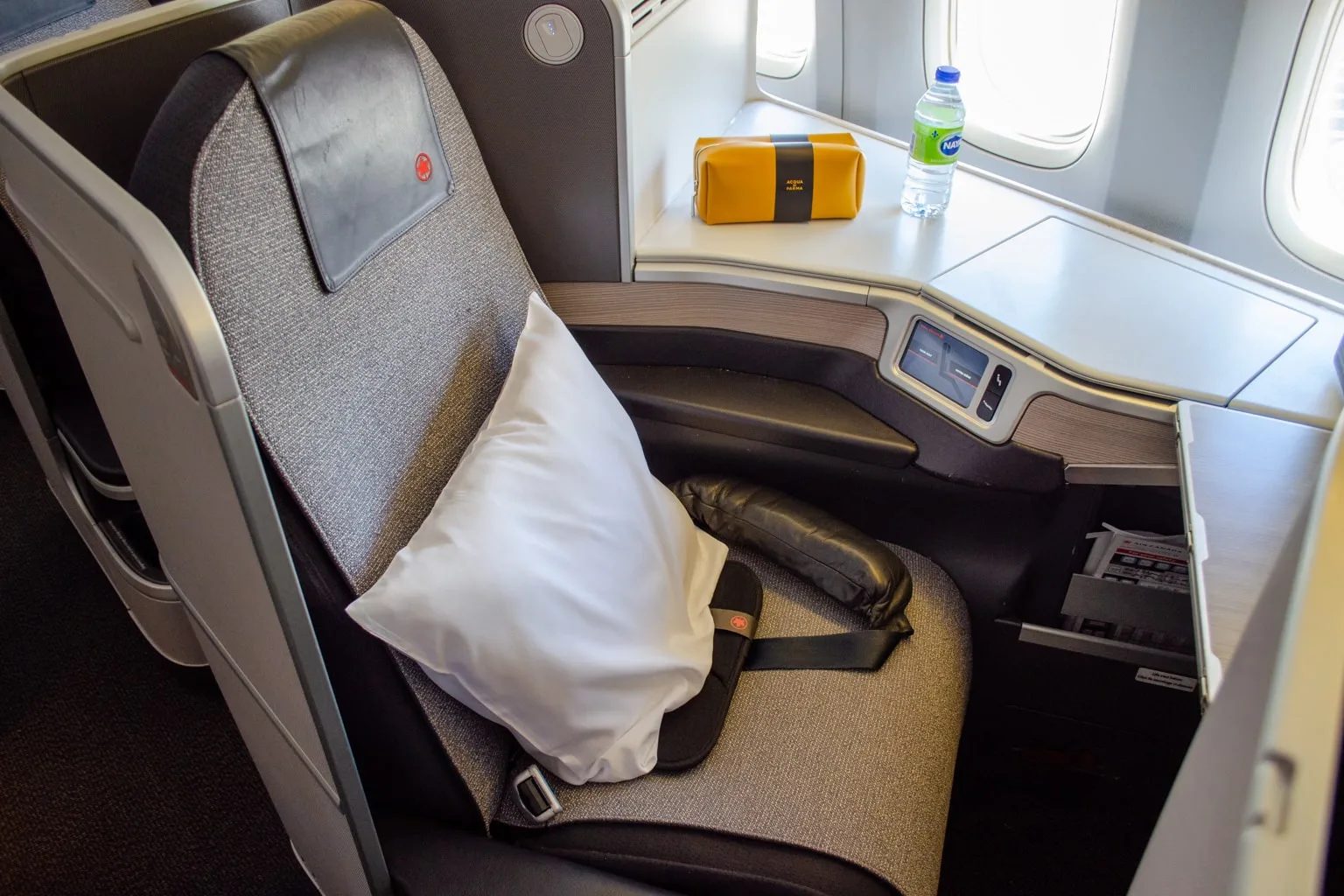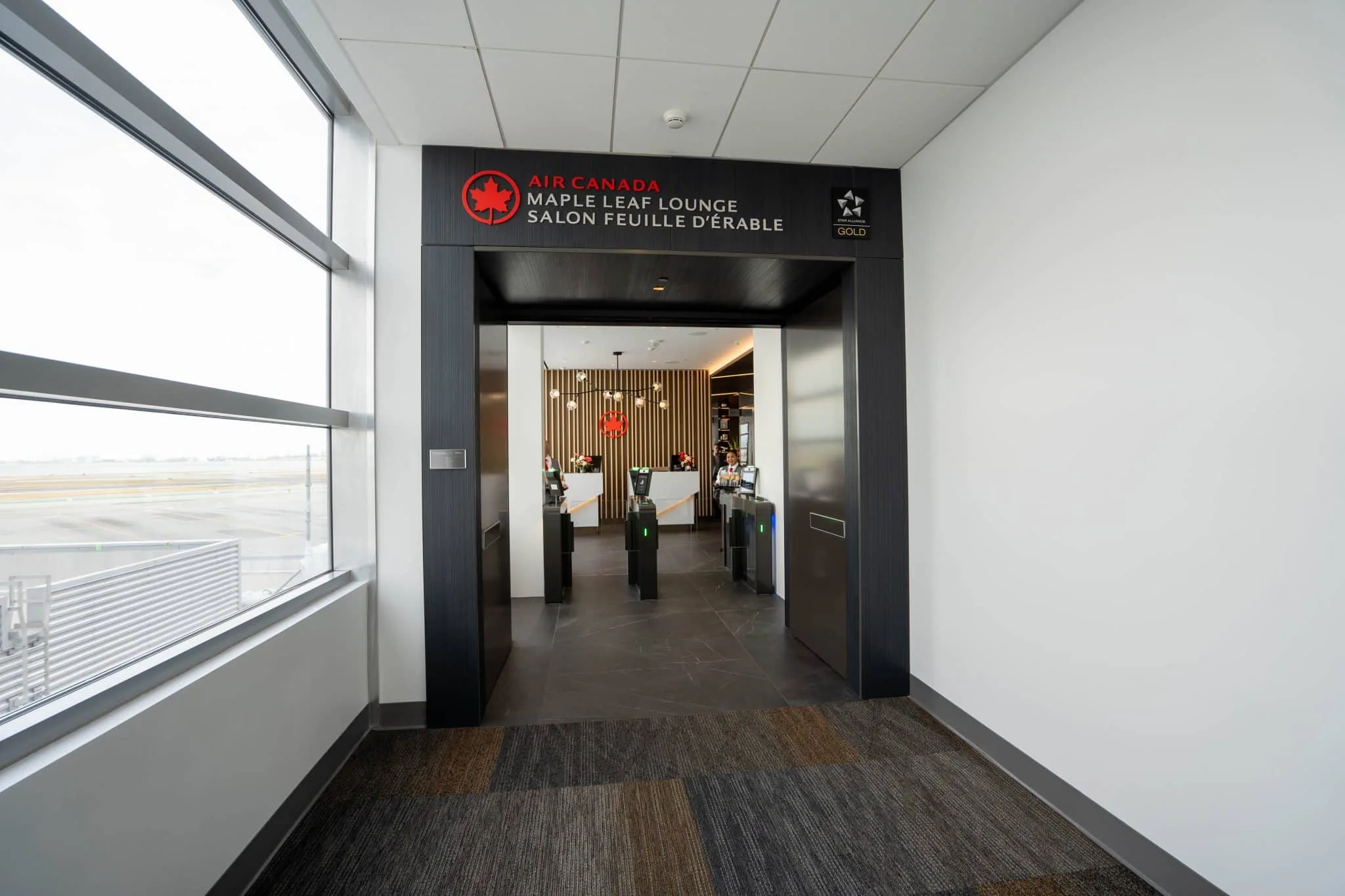With Air Canada’s announcement that it’s adopting a revenue-based model in 2026, earning Aeroplan points on flights is going to look a lot different for passengers compared to now.
In this article, I’ll share my thoughts on who stands to benefit from Air Canada’s new revenue-based model for earning points (as well as who will earn less), illustrated with examples. Plus, I’ll also share my views on how you can earn more Aeroplan points regardless of your flying activity.
Prior to reading this article, I recommend reading through our comprehensive guide to all of the changes that are set to take effect next year, as you’ll want to have all of those details fresh in your mind for this analysis.
Who Benefits from Revenue-Based Points Earning Models?
First up, let’s have a quick discussion about who benefits from revenue-based models (i.e., what Air Canada is moving to in 2026) instead of distance- and fare-based models (i.e., what Air Canada uses now).
As the name of the model suggests, revenue-based models benefit you more as you spend more and engage with the airline and its partners. Plain and simple.
Indeed, this sentiment is reflected in what Scott O’Leary, Vice President, Loyalty & Product at Air Canada, had to say about these changes in Air Canada’s press release:
“Aeroplan has grown into one of the most rewarding and widely used travel loyalty programs,”said Scott O’Leary, Vice President, Loyalty & Product at Air Canada. “Our most engaged members do more than just fly with us—they earn with our partners, choose flexible fares, and carry Aeroplan credit cards. These changes help us better recognize their loyalty and keep improving the experience.”
In other words, the move to this revenue-based model will reward Aeroplan’s most engaged members for choosing to fly with Air Canada, engaging with its partners, and holding an Aeroplan co-branded credit card.

From a practical perspective, the move to a revenue-based model will likely mean:
- If you’re someone who prefers to find the lowest price, you’ll likely earn fewer points than before (and have a harder time qualifying for Elite status)
- If you’re someone who travels on lower economy fares on long-haul routes, you’ll likely earn fewer points than before (and have a harder time qualifying for Elite status)
- If you’re someone with Aeroplan Elite status who travels frequently on short-haul routes, you’ll likely earn more points than before (and have an easier time qualifying for Elite status)
- If you’re someone with Aeroplan Elite status who books more flexible fares, premium-cabin fares, and/or travels at the last minute, you’ll likely earn more points than before (and have an easier time qualifying for Elite status)
Of course, everyone’s situation is different, and these are just general themes rather than hard-and-fast rules.
We’ll examine this in more detail throughout the rest of the article.
Analyzing Earning Points with Air Canada’s New Revenue-Based Model
Air Canada’s shift to a revenue-based model for earning points on paid flights is very straightforward: on every fare (including Economy (Basic) fares, you’ll earn 1 Aeroplan point per dollar spent without status, or 2–6 Aeroplan points per dollar spent with status.
Compared to the current model, you won’t have to make use of external tools to calculate the distance between your origin and destination, nor will you have to run any formulas of distance, earning rate based on your fare, and any Elite status bonuses.
While the new model is easier to understand, it also means that there will likely be some noticeable changes to how you earn points when you fly with Air Canada.
To illustrate the difference between the revenue-based model and the current distance- and fare-based model, let’s look at four different scenarios to compare the Aeroplan points accrual.
In each example, we’ll consider the following:
- The fare type
- The current earning potential, including any Elite bonuses chosen as a Select Benefit
- This illustrates the current best-case scenario, with the bonus taken into consideration
- The future earning potential, including any Elite bonuses through the new Points Multiplier Core Benefit
- The difference in Aeroplan points earned between the two models (if any)
First up, let’s look at a one-way Economy (Standard) fare that costs $250 (CAD) excluding taxes and fees between Toronto Pearson (YYZ) and Winnipeg (YWG).
In the above example, Aeroplan members will earn more-or-less the same Aeroplan points with the new model, while Elite members would earn more across the board. The differences become more apparent as you move up the status ladder.
Next, let’s consider a one-way Economy (Flex) fare that costs $350 (CAD) excluding taxes and fees between Vancouver (YVR) and Toronto Pearson (YYZ).
In the above example, everyone would earn fewer points across the board with the new model, including those with Elite status.
Here, the relatively low cost of the flight ($350) and the relatively long distance between the two cities (roughly 2,076 miles) play the biggest factor.
Next, consider a round-trip booking between Toronto Pearson (YYZ) and London Heathrow (LHR) on a Business Class (Lowest) fare that costs $5,000 (CAD) excluding taxes and fees.
In the above example, Aeroplan members without status and those with 25K status would earn fewer points than with the revenue-based model, while anyone with 35K status and up would earn more points.
It’s worth noting that Super Elites would almost double the number of points earned with a revenue-based model compared to the current model.
Lastly, let’s look at a round-trip journey between Vancouver (YVR) and Brisbane (BNE) booked on an Economy (Flex) fare that costs $2,000 (CAD) excluding taxes and fees.
In the above example, which covers an ultra-long-haul route between Vancouver and Brisbane on an Economy (Flex) fare, everyone would earn significantly fewer points with the revenue-based model than with the current model.
However, if you consider what that might look like on a premium economy or business class fare, you might see those numbers shifting more towards the revenue-based model being more rewarding (especially for upper-tier Elites).
I think the above examples are a good illustration of how long-haul flights in economy will become less rewarding with the revenue-based model, while shorter-haul flights and flights in premium cabins will become more rewarding (especially for those with Elite status).

Now, one factor with the new revenue-based model that we haven’t considered is how new promotions would factor in.
Let’s suppose that Air Canada launches a promotion for 3x points per dollar spent on a specific route for all fare types. This would mean that you could earn points multipliers on the flight in three ways:
- 3x points as per the promotion
- 2–6x points as an Elite member
- 1–3x points with an Aeroplan co-branded credit card
A situation like this would have the potential to be very lucrative, so going forward, it’s in your best interest to keep an eye on promotions, leverage your Elite status multiplier, and pay for your flights with an Aeroplan credit card to stack your earnings.
TD® Aeroplan® Visa Infinite* Card
- Earn 10,000 Aeroplan points† upon first purchase†
- Plus, earn 15,000 Aeroplan points† upon spending $7,500 in the first 180 days of account opening†
- Plus, earn an additional 15,000 Aeroplan points† on renewal when you spend $12,000 within 12 months of account opening†
- Earn 1.5x Aeroplan points† on eligible gas, groceries, and Air Canada® purchases, including Air Canada Vacations®†
- Preferred Aeroplan pricing and free checked bag on Air Canada® flights†
- Minimum income: $60,000 personal or $100,000 household
- Annual fee: $139 (rebated for the first year)
- Offer available for applications approved on or after January 7, 2025.
The Best Way to Earn Aeroplan Points Is with Credit Cards
For many people, earning Aeroplan points is much easier to do by way of credit cards than it is by flying, and in my opinion, this will continue to be the case going forward.
With an Aeroplan co-branded credit card, you can earn Aeroplan points on every dollar that you spend, which come in addition to the points you can earn through a welcome bonus.
Plus, Aeroplan co-branded credit cards come with other Air Canada benefits, such as a free first checked bag, preferred pricing on Aeroplan redemptions, and Maple Leaf Lounge access (on premium cards).

In addition to Aeroplan co-branded credit cards, Aeroplan is also a 1:1 transfer partner with American Express Membership Rewards. In other words, every Membership Rewards point you earn can be converted into an Aeroplan point.
Generally speaking, American Express cards tend to come with very lucrative welcome offers and/or generous category-earning rates.
American Express Cobalt Card
Welcome Bonus
15,000 MR points
Annual Fee
$156
First-Year Value
$372
For example, the American Express Cobalt Card earns 5 Membership Rewards points per dollar spent on groceries and dining in Canada.
If you spend $1,000 every month on groceries and dining, that works out to 5,000 MR points per month, or 60,000 MR points over the course of the year (which could be converted to 60,000 Aeroplan points).
Excluding any promotions or Elite status bonuses, you’d have to spend $60,000 on Air Canada flights to earn the same number of points.
Plus, if you factor in points earned through online shopping with the Aeroplan eStore, engaging with Aeroplan’s partners, Chexy, and other spending on Aeroplan and Amex credit cards, you can see an easy route to building a healthy Aeroplan balance every year with a bit of effort.
Therefore, even if you’re someone who will earn fewer points on paid flights with Air Canada’s new revenue-based model, there should be a pathway for you to equal or boost your earning compared to now with the right credit card strategy.
If you want to fast track becoming a pro in earning and redeeming Aeroplan points, you’ll definitely want to check out our Points Coaching service, which pairs you with an expert who will provide you with personalized information about how to best reach your travel goals.
Learn More about Points Coaching
Whether you’re planning your first redemption or looking to optimize a complex points portfolio, the Prince of Travel Points Coaching service will help you build a travel strategy that works for you.
Conclusion
Next year, when you fly with Air Canada on paid flights, you’ll earn Aeroplan points based on how much you spend rather than how far you fly.
The introduction of this revenue-based earning model will likely benefit those with Aeroplan Elite status and anyone who books more flexible fares or premium cabins. Meanwhile, if you’re a budget-conscious traveller or if you’re used to earning points on long-haul routes in economy, you’ll probably earn fewer points than before.
In either event, you can continue to leverage Aeroplan co-branded credit cards and American Express Membership Rewards points to pad your Aeroplan balance quickly.


